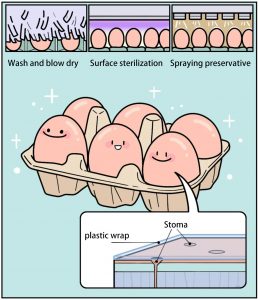
Eggs are one of the essential ingredients for many families.
From hard-boiled eggs, to poached eggs, scrambled eggs, steamed eggs… Eggs seem to be a kind of all-purpose ingredient, nutritious and delicious!
But people with life experience will find that from time to time they will see chicken feathers on the egg shell: chicken feathers flying in the wind, mud that touches the scum, and gray and white chicken droppings.
As a kind of food to be imported, it’s really uncomfortable!
Every egg may be stained with chicken droppings
In fact, a little shit belongs to the “factory setting” of eggs.
After eggs are formed in hens, they need to pass through a channel called cloaca to be born. This channel takes into account the two functions of excretion and reproduction.
In other words, the eggshell without excrement may be stained with residual stool when passing through the cloaca, or it may meet the stool in the chicken nest after landing.
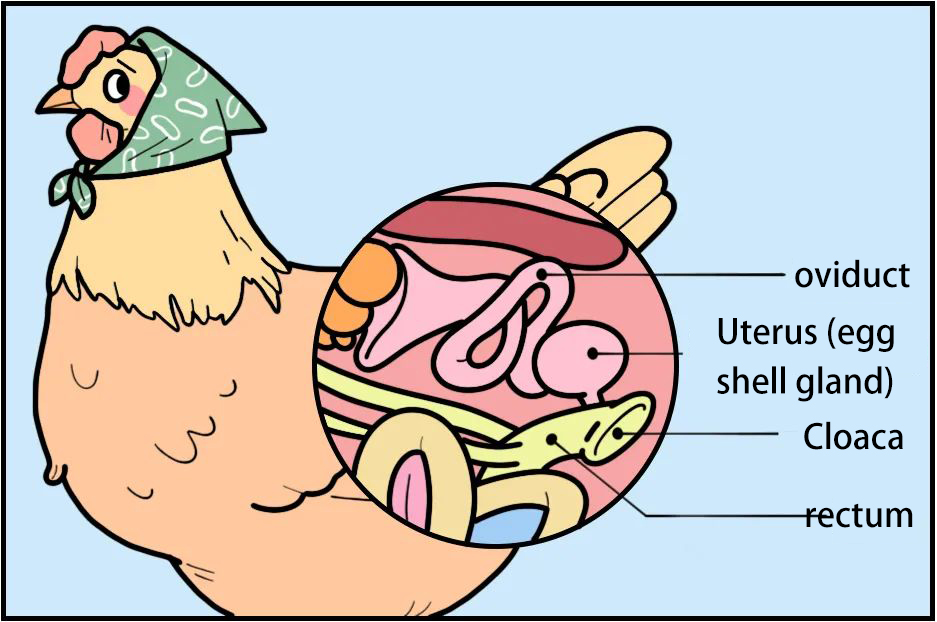
However, most of the eggs seen in the supermarket are very clean?
In fact, at present, most egg factories just pick out dirty eggs and throw them away, leaving them to look clean. This means that most eggs are more or less stained with things brought out of the hen’s body, such as residual feces. It’s like a anus that can’t be cleaned forever, but we think it’s clean.
Of course, there will still be some egg factories that will “wash and bathe” the eggs: first use warm water and a brush to wash the stool and other stains on the surface; after drying it, make a surface sterilization (with hot water soaking, ultraviolet irradiation, and disinfection). Liquid, etc.); finally apply a layer of “body lotion”.
This last step is very important. A layer of plastic wrap is formed on the surface of the eggshell to replace the washed cuticle and block the intrusion of external microorganisms from the stomata, so that the egg can be kept fresh for a longer time.
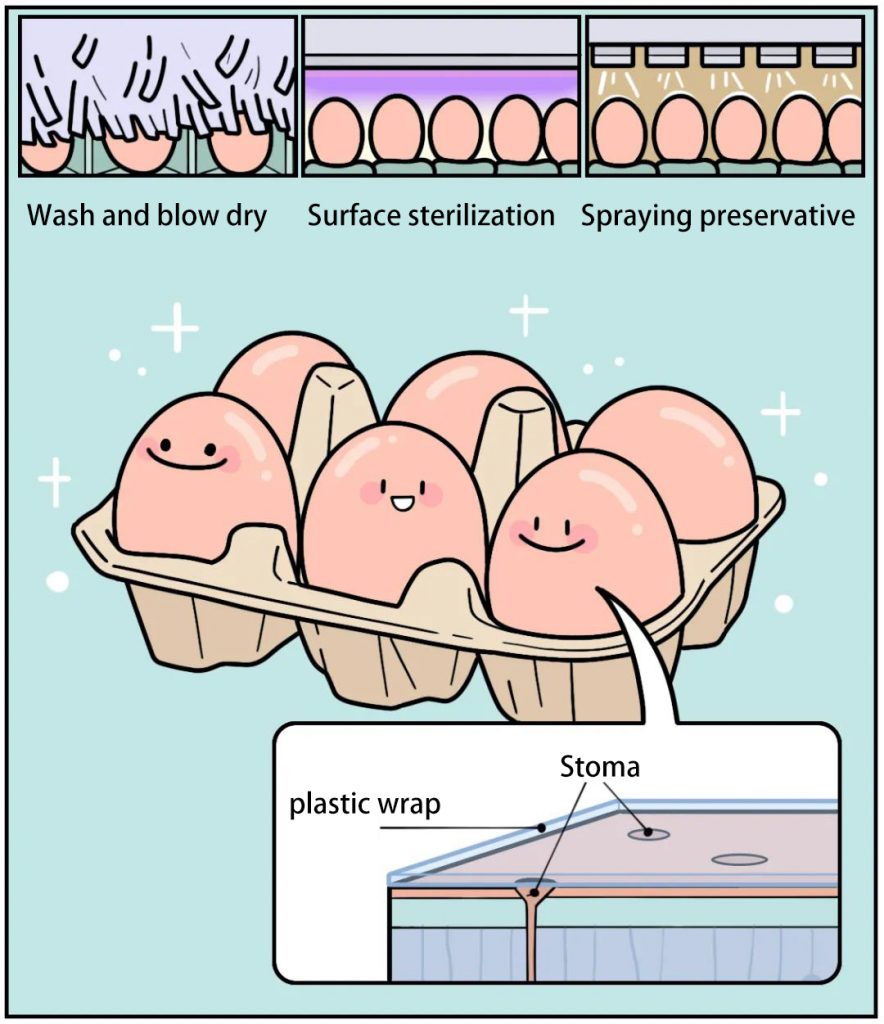
However, no matter whether the surface is dry or clean, the hygiene problem of eggs may always exist.
Things that are dirtier than chicken shit
May have been eaten by you
Chicken shit looks disgusting, but the problem behind it is what many people really ignore.
The biggest risk of eggs comes from those invisible but present in almost all eggs-Salmonella.
Salmonella is a major food-borne pathogen, which is a kind of “bacteria” that is easy to eat and get sick. It is widely present in various environments and foods.
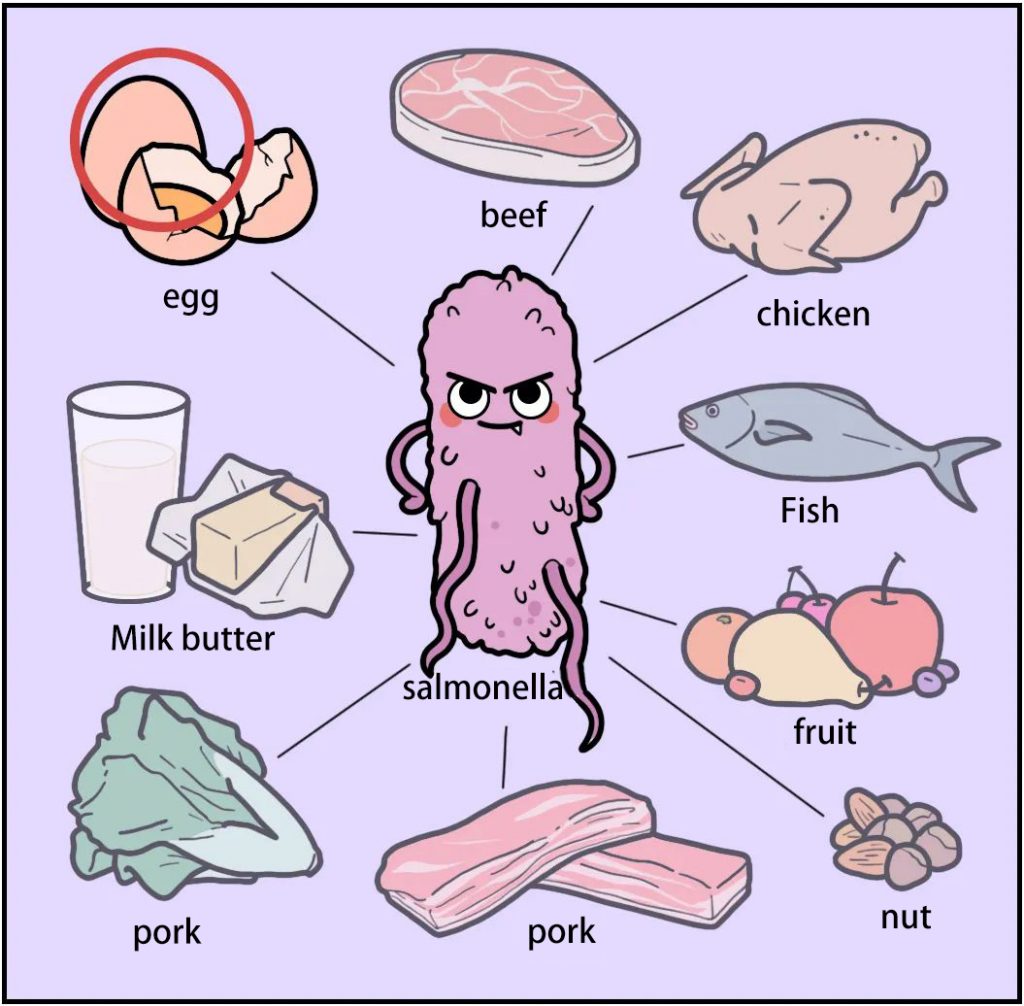
In our country, Salmonella is one of the chief culprits of bacterial food poisoning. In the United States, Salmonella causes approximately 1.35 million infections, nearly 30,000 hospitalizations and nearly 500 deaths each year. These counted cases are just the tip of the iceberg. In fact, more poisoning incidents have been overlooked.
The World Health Organization’s Global Foodborne Disease Burden Estimation Report estimates that nearly 1 in 10 people worldwide get sick or even die from eating contaminated food every year.
After eating food contaminated with Salmonella, people may experience food poisoning symptoms such as abdominal pain, diarrhea, fever, nausea and vomiting within a short period of time.
Although the symptoms in most cases are relatively mild, most can heal on their own. However, for pregnant women, infants and the elderly with low immunity, the symptoms may be more complicated and severe, and even life-threatening.
What’s more frightening is that Salmonella is particularly easy to feed: salt-tolerant, low-temperature tolerant, can survive for several weeks in a dry environment, survive for 3 weeks in water, and can live for 2 months in feces.
Chicken and eggs are common foods that are easily contaminated by Salmonella.
Salmonella may exist in animal feed and breeding environment, and hens are easily infected, but they often do not get sick and look healthy.
In other words, these infected hens are “asymptomatic infections of Salmonella” that are difficult to detect and isolate in time.
Salmonella parasites in the reproductive tract and digestive tract of the hen will enter the egg directly during the formation of the egg, or invade from the outer shell through the feces of the chicken.
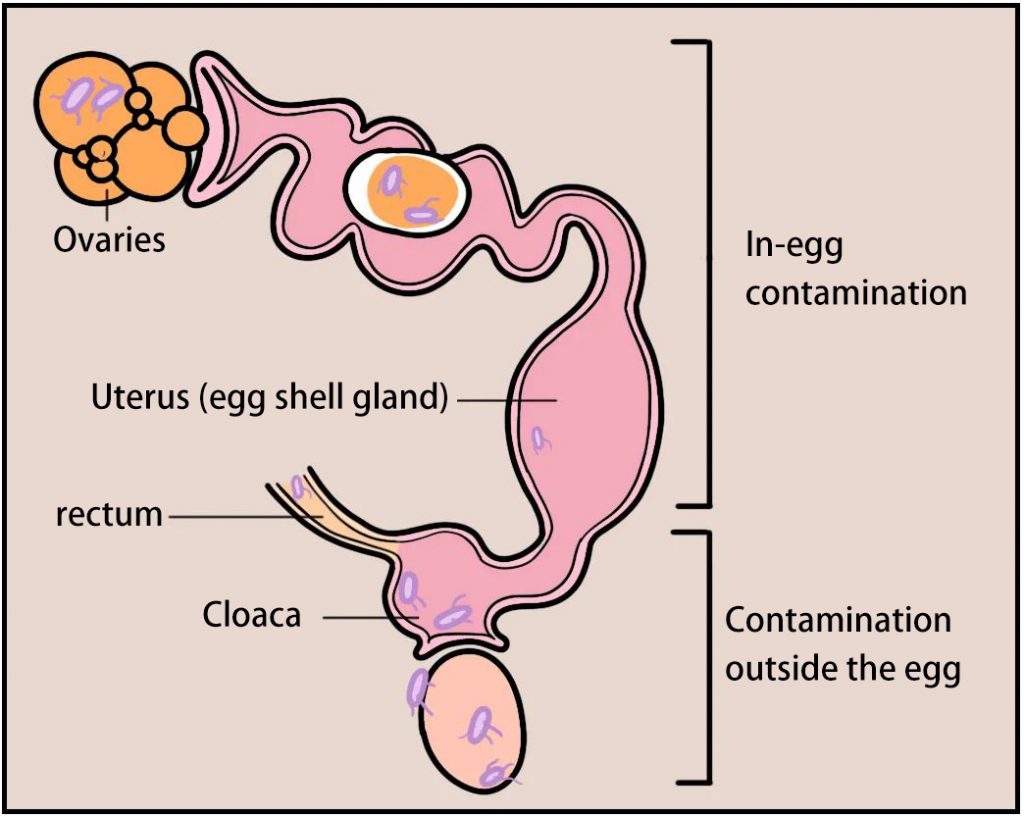
It is a probabilistic problem that hens are infected. It is impossible for us to test every egg for bacteria, so we should not simply think that “the eggs I bought must be safe.”
So what can we do to eliminate Salmonella and eat eggs more safely and securely?
Safe “opening method” of eggs
Although Salmonella is very cunning, we are not incapable of using them. Doing these two steps can greatly reduce the risk of infection:
The first step is to store it correctly.
There are many “stomata” in the egg shell, which is convenient for ventilation, but at the same time it also opens the door for bacteria. Fortunately, there is a protective film on the outside of the eggshell, which can block bacteria to a certain extent.
Don’t wash the eggs you bought, no matter if there is feces or no feces, but separate them from other foods (use a bag or box dedicated for eggs) and put them in the refrigerator.
On the one hand, not washing the eggs can ensure that the protective film on the eggshell is not damaged, and it is difficult for Salmonella to take advantage of it. On the other hand, it can also ensure that the Salmonella on the eggshell will not be washed everywhere.
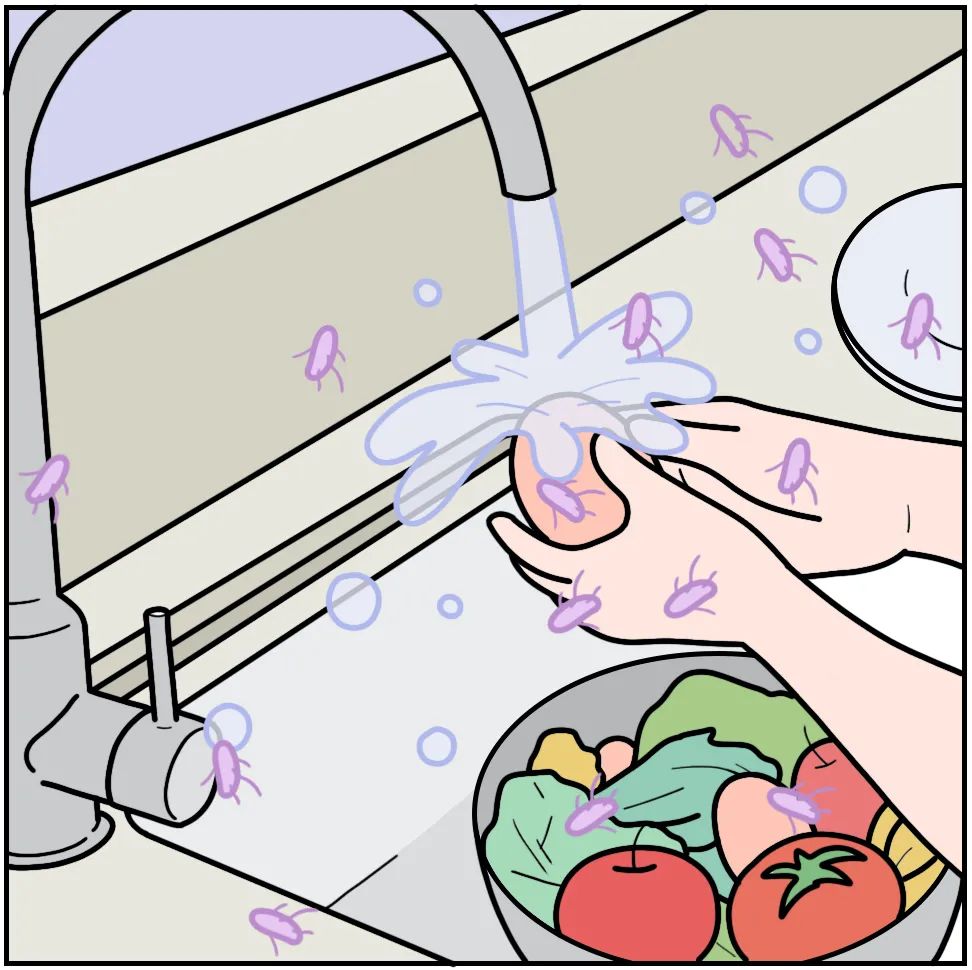
Separate eggs from other foods to prevent other foods and items in the refrigerator from being contaminated by Salmonella, especially those directly ingested.
In addition, don’t forget to wash your hands after touching egg shells and egg liquid, and clean the containers and tools that have been in contact with eggs.
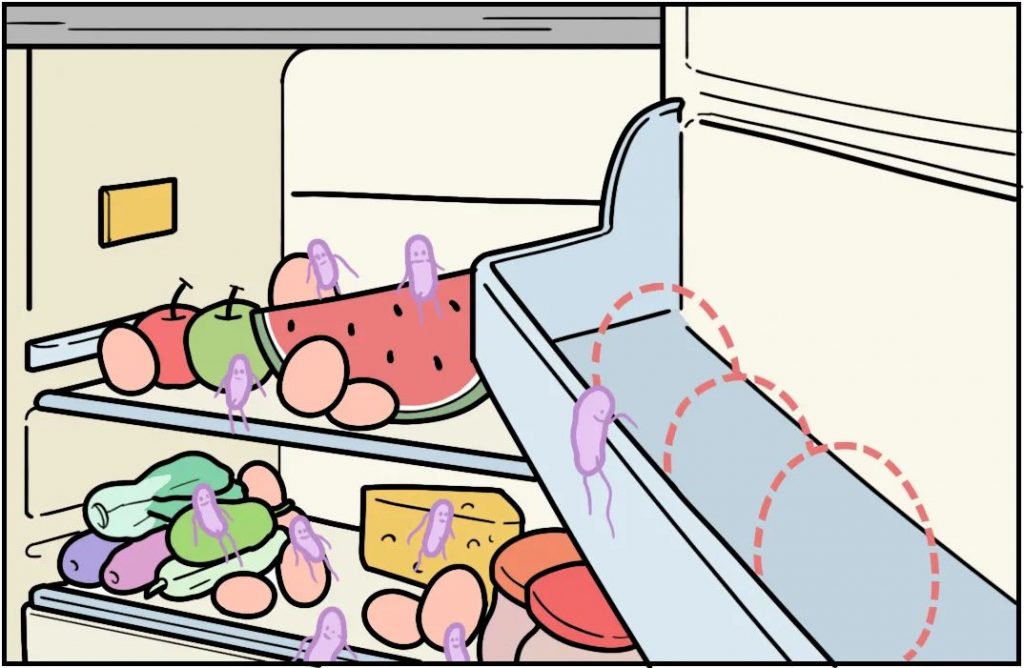
The second step is to cook before eating.
Salmonella has a fatal weakness: it is afraid of heat! Heat them at high temperature for enough time to kill them.
Therefore, the ultimate way to eliminate Salmonella is to cook thoroughly!
That is, the yolk and egg white are heated to a completely solidified state. The eggs at this time can be enjoyed with peace of mind.
No matter how clean the eggs look, we do not recommend eating them raw or making soft-boiled eggs such as soft-boiled eggs. Because these methods cannot completely kill Salmonella, there is still a risk of infection.
Especially for the pregnant, infants and the elderly, you must cook them before you eat them.
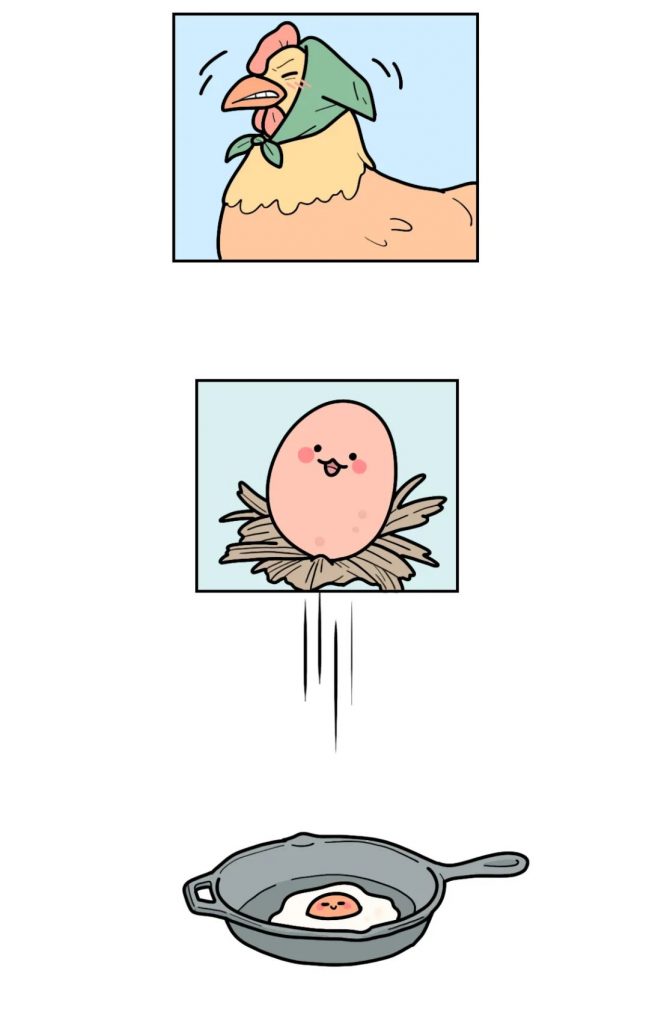
Comments